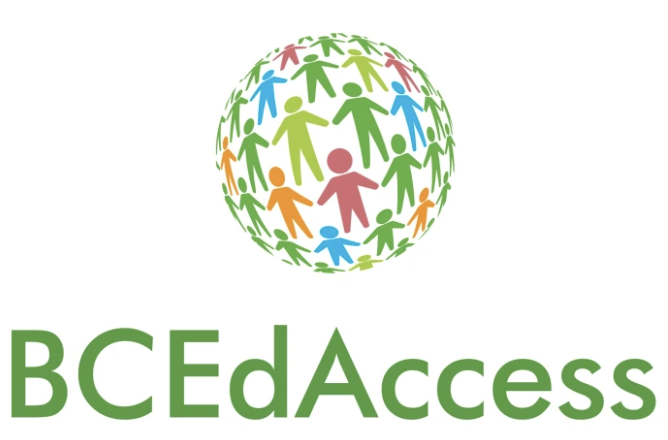
Photo credit: bcedaccess.com/
In my journey as an educator, creating an inclusive and equitable learning environment has always been at the forefront of my teaching philosophy. In fact, in 2021 I launched Better With Music Theatre School, a recreational performing arts program focussed on the promotion and implementation of inclusion, accessibility and diversity in musical theatre. Unfortunately, due to a COVID-19 pandemic resurgence the project was prematurely shut down, but it was an amazing experience to connect with eager performing arts youth from all walks of life, and is a memory I cherish.
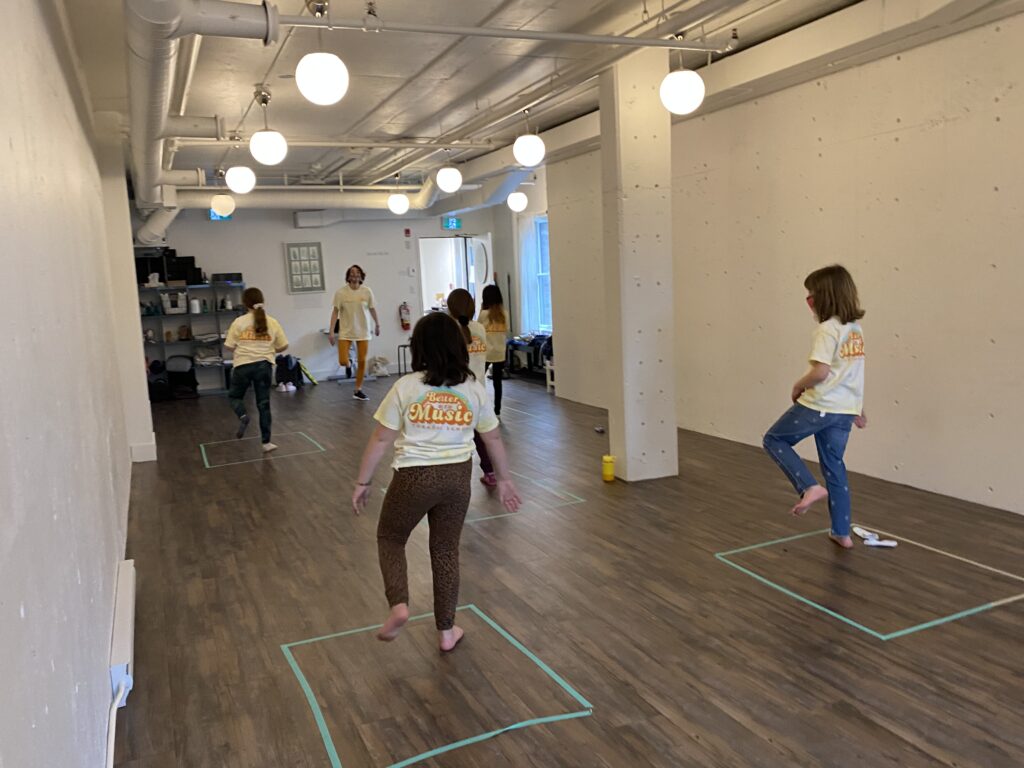
Photo credit: Emily Eymundson (Better With Music Theatre School)
Recently in our class, we had the privilege of learning from Kaori Lau and Tracy Humphreys of BCEdAccess, who provided invaluable insights into the barriers students with disabilities face and strategies to foster inclusion. Their presentation emphasized the power of thoughtful design, technology, and community in ensuring every student feels seen, supported, and empowered.
BCEdAccess emphasizes recognizing and addressing systemic challenges in education, particularly for students with disabilities or complex learning needs. One stark reality they highlighted is the wait time and financial burden families face when seeking assessments, often leaving students without the support they need for years. As educators, we cannot control systemic processes, but we can create spaces where all learners can thrive, regardless of whether they have an official “designation.”
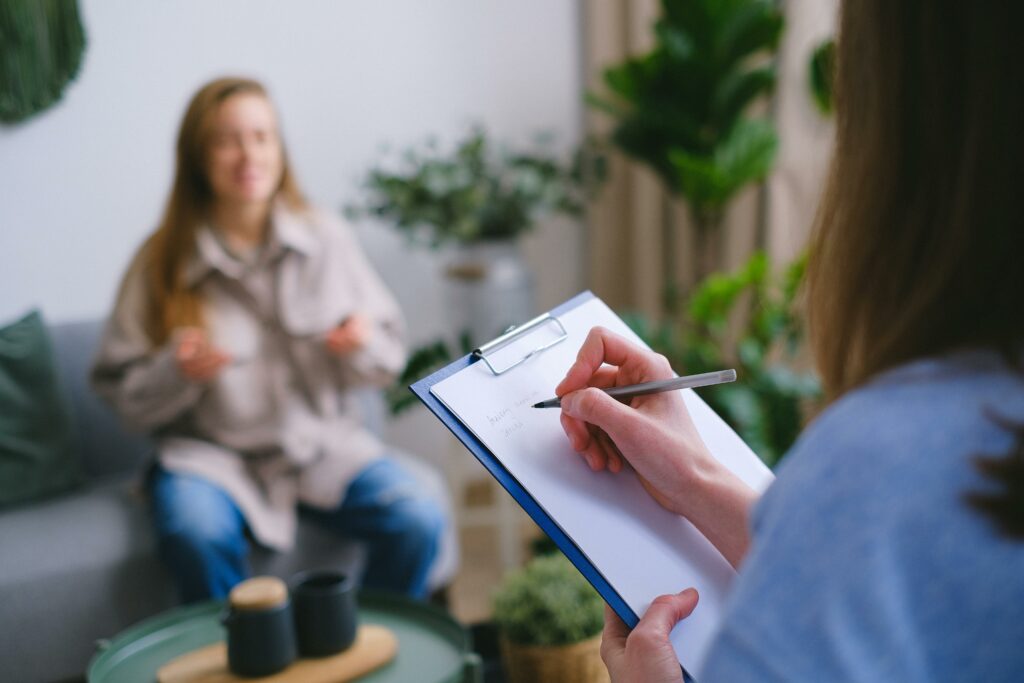
Photo credit: SHVETS production
In drama and dance, this starts with acknowledging the diversity of abilities in the classroom and designing lessons that allow everyone to participate meaningfully. Universal Design for Learning (UDL), which BCEdAccess aligns with, offers a framework for achieving this, and whose resources I plan to access throughout my career.
In a dance class, technology can facilitate participation through visual aids or slowed-down video demonstrations for students needing extra time to process movement. This is actually something I already do for my students in my dance studio jobs, and I will consider this and other tools for my future drama classes as well.
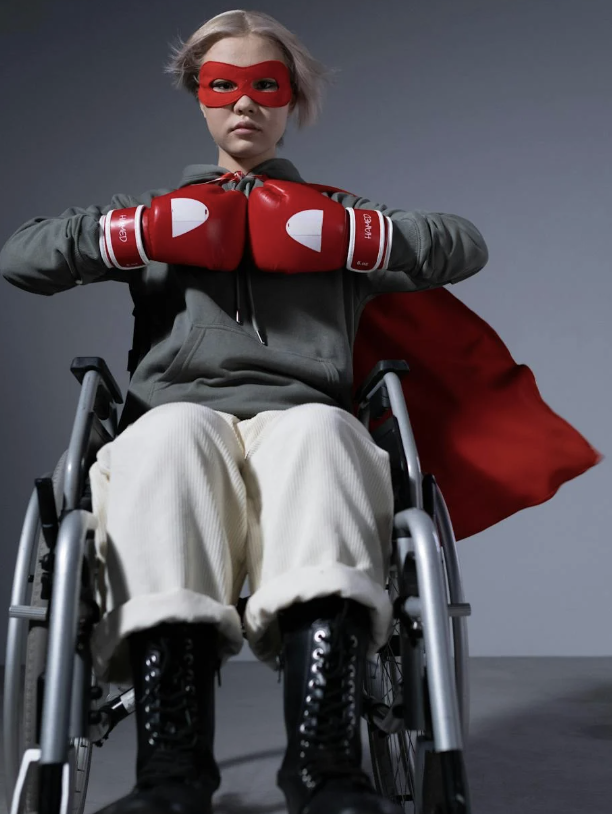
Photo credit: CottonBro Studio
Ultimately, what resonated most from the BCEdAccess session was the reminder that inclusion is an ongoing process of learning, reflection, and adaptation. As I continue to grow as an educator, I will prioritize seeking out even more resources to better understand how I can support all learners.
My goal is to create drama and dance classrooms that not only teach performance skills but also foster a culture of empathy, understanding, and inclusivity – spaces where every student feels they belong.
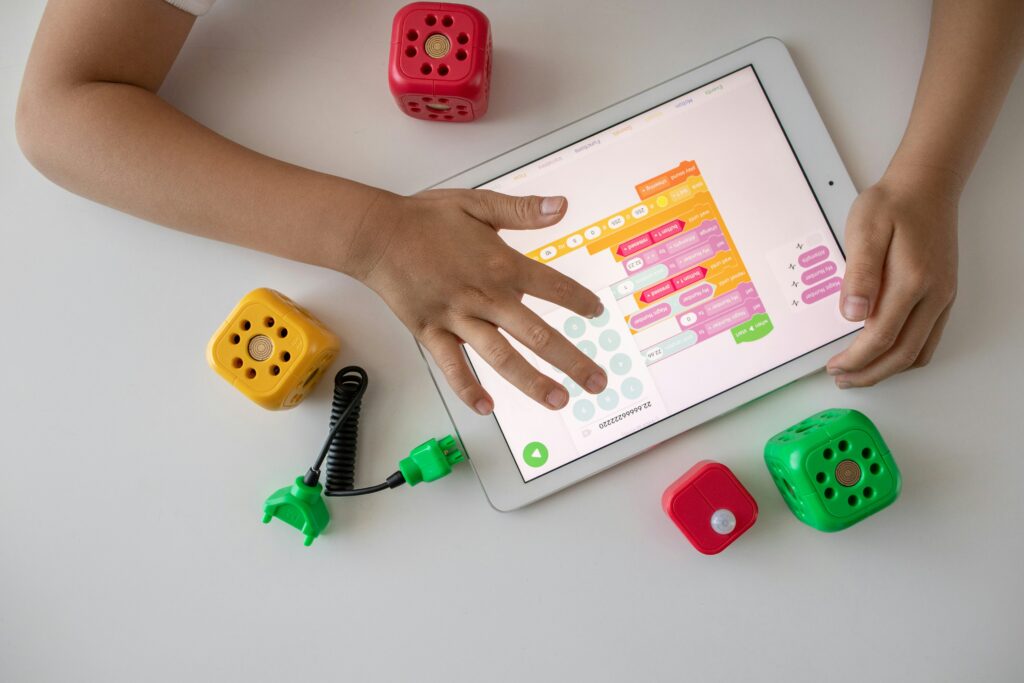
Photo credit: Photo Wunderkind